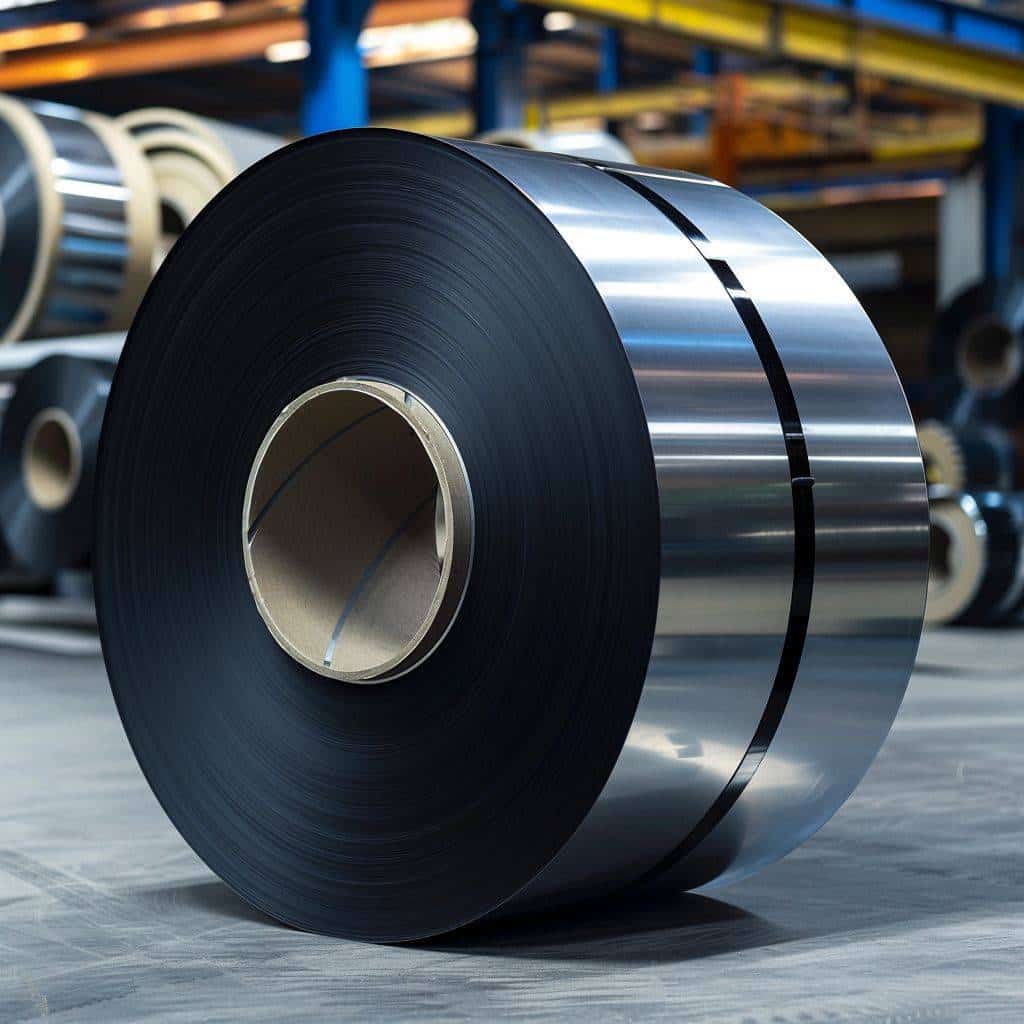Tinning involves applying a thin coating of solder to the ends of wires or components to make them easier for soldering iron use, and to prevent loose ends from shorting out later on.
Many PCB factories feature “tinning” stations to tin wire ends before connecting them to terminals or components, providing many advantages of tinning. What are these advantages of tinning?

Low Melting Point
Tin is a soft metal with a low melting point that makes it easy to apply and form into thin coatings. Furthermore, its non-toxicity makes recycling simpler while its melting point is lower than many of the chemicals commonly used for plating processes – meaning there’s a lower likelihood that their materials contaminate food or fluids that come into contact with them.
Tin used for tinning comes from strip steel that has been ground to very high standards, in order to minimize impurities present within. This process reduces corrosion resistance and fabricability issues for better corrosion resistance and fabricability. After being ground down to very high standards, electroplating using anodes with tin-based solution and electrical current for deposition is performed before being rinsed to remove plating solution before heating for reflowing for its final shiny, glossy appearance.

Pre-plating steps are sometimes employed to increase the quality of tin deposits and decrease their chances of whiskers forming; whiskers are tiny crystalline growths that can disrupt electronics by creating electrical short circuits. To do this, either co-depositing brightening additives or decreasing DC current density during reflowing may be used.
Tin plated and reflows isn’t limited to being used in cans; it can also be found protecting copper wire ends against oxidation and unraveling, as well as providing corrosion and rust protection on steel and iron components in items like industrial machinery.
Tinplate tinplate is also highly flexible, making it easy to be bent and shaped into the necessary forms for fabricating metal products and containers. Due to this ductility and non-toxicity of tinplate it’s an extremely popular choice when producing cans for food and beverages as well as paint aerosols or specialty chemicals containing acidic contents without risking corrosion to iron and steel frames.

Corrosion Resistance
Corrosion can be a problem for most metals, but copper in particular is particularly susceptible to it. Exposed to air, copper can tarnish quickly; however, by plating its surface with tin plating can prevent this and extend its lifespan significantly compared to zinc plating which may contain toxic ingredients and pose health hazards whereas tinning offers comparable corrosion protection without toxic consequences at an attractive cost-benefit ratio.
Tinned copper can be found in many applications, from conductivity and corrosion resistance to resistance from acid solutions such as sulfuric acid. Tinned copper also resists oxidation better than its bare copper counterpart and soldering is easier – all factors which make tinned copper an ideal option for electrical work.

Tin is widely used to coat mild steel sheet, producing the material known as tin plate. This coating process has traditionally involved hot dipping; however, with advances in continuous electrolytic tinning becoming widespread this newer method employs vast coils of cold-rolled steel strips fed through processing lines that electrolytically coat their surfaces with tin.
Once tin has been plated, it is often “reflowed” for a more appealing appearance and improved performance. Reflowing provides both visual appeal and improved solderability by producing an even surface without porosities that reduce corrosion resistance compared to matt coatings, less porosity, and enhanced corrosion resistance.
Tinning copper wires is often done to protect it from being exposed to harsh environments; however, other metals may benefit as well. Copper wires should always be tinned before connecting them to terminals in order to prevent fraying due to screw-style terminals exerting pressure that could otherwise damage them and cause fraying; by tinning prior to being connected makes connecting to terminals simpler and smoother.

Ductility
Tinning metal increases its ductility, the ability to stretch before breaking under tensile stress. This property can be attributed to metallic bonds which allow metal atoms to slide past each other rather than experience the strong repulsive forces that cause brittle materials to fracture. Tinning also provides additional corrosion protection; for instance, copper wire will not corrode as quickly when exposed to sulfuric ions found in many types of wiring insulation materials.
Tin has superior corrosion resistance and ductility properties, and also boasts great mechanical properties that make it perfect for use as a coating on moving parts exposed to friction. Furthermore, its high level of lubricity and good electrical conductivity makes it suitable as an antifriction agent, making tin an excellent material choice.
Tin plating is often employed during the production of beverage cans. High-speed presses use large presses to draw cans backward, and their sides must withstand friction from being drawn back quickly. Tin also acts as a protective lubricant that keeps their edges from tearing off and jamming the press.

Tinning provides other advantages. It prevents wire ends from fraying and fills any spaces between strands to form one conductor. Tinned wires also tend to tarnish less quickly since oxygen will no longer directly come in contact with them; mechanical stresses, such as twisting of screw-style terminals, are less likely to impact them as much.
Tin is not suitable for all applications despite its many advantages; in certain situations, hydrogen embrittlement may occur when heated in environments containing airborne moisture and without appropriate treatment may lead to whisker formation which would short circuit electronic devices.
Tin may be coated with reflowing flux in order to decrease its susceptibility to hydrogen embrittlement, with this step heating it slightly above its melting point and helping remove any whiskers that might have formed during plating process. Reflowing also makes tin less porous and resistant to corrosion.

Solderability
Tin is an extremely active metal that quickly dissipates other base metals, which makes it a useful lubricant that allows solder to wet surfaces faster than with other metals and prevents tarnishing due to corrosion in copper wire and other susceptible metals. This property makes tin an invaluable ally when soldering copper wire together with other susceptible metals like zinc.
Tinplate was traditionally used to craft cheap pots and pans known as tinware; today it’s most often employed in food can manufacturing. Yet tinplate remains an invaluable material in industrial settings involving large electrical components; especially turbines and compressors which rely heavily on it for reduced corrosion protection and extended longevity of parts such as copper-plating for reduced wear-and-tear. Screw terminals utilizing this material often utilize tinned copper plating to protect against damage caused by twisting.

To improve the quality of tin plating, it can be submerged in acid solutions such as sodium or potassium stannate or stannous sulfate to achieve a brighter finish. These acid baths require careful maintenance in order to avoid hydrogen embrittlement; alternatively it may be possible to deposit bright tin plating without acid treatments by codepositing brightening additives along with the tin, or by employing reflow methods that do not include heat from reflowing the solder.
Tinning services are an integral component of many industries that use copper for electrical conductors. Tinning can prevent fraying or unraveling of stranded copper wires when wrapped around conductors and connected to terminal blocks or devices; additionally, tinned wires are less prone to oxidation, making them much more durable and reliable than untinned ones.
Tinning involves coating an existing solderable termination with an even coating of desired solder alloy, usually tin lead or tin free lead. To test tinning, a solderability test can be carried out whereby liquid solder is applied directly onto the surface in question, measuring wetting forces over time with graphing force versus time graphs displaying how effectively solder will wet with the sample material.



